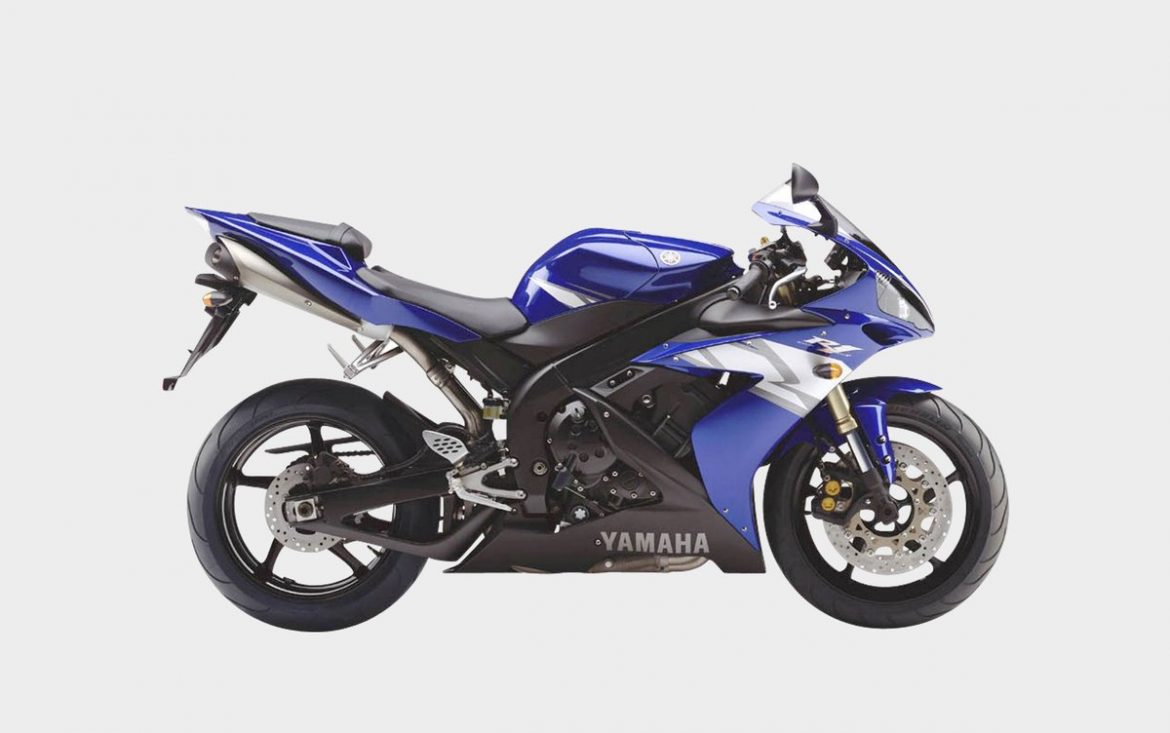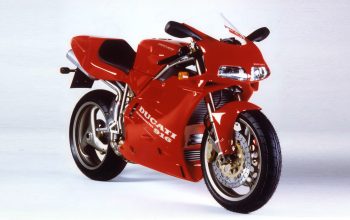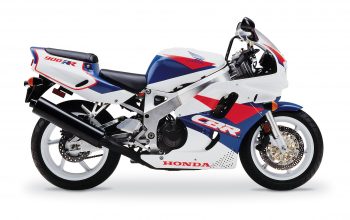The Yamaha YZF-R1 features the most advanced achievements of Japanese engineers. Everything has been thought of on this bike: the running gear, the chassis, the engine, the transmission, and everything has been tuned to perfection. The YZF-R1 is a kind of monument to technical achievement in the field of motorbike construction, cast in metal and plastic and replicated in a large number of examples. Among its disadvantages can be mentioned except for a fair load on the wrists and lower back, caused by a radical sporty seating position. But, after all, this is a racing bike, designed primarily for the racetrack, not for sports touring.
A brief history
- 1998 Yamaha YZF-R1. The factory designation was RN01. During this period, the bike may have had problems with the clutch, which led to some of the bikes of the year being recalled to fix the problem.
- 1999 – The 1999 Yamaha R1 underwent minor modifications to the gearbox and clutch, which made gear shifting clearer. In addition, the fuel tank capacity was reduced from 5.5 litres to 4 litres. This year’s models were also subject to a recall, as problems with the cooling hoses were noted.
- 2000 г. – The bike undergoes major changes in both bodywork and technical aspects. The factory designation is RN04. The Yamaha R1 receives a revised headlight design, aerodynamically optimised plastics and a new windscreen shape for better windscreen protection. Revised engine block settings result in smoother traction over a wider engine range.
- 2001 г. – 2001 was the last year of the carburettor Yamaha R1.
- 2002 г. – The injector, engine and chassis are updated. The factory designation is RN09. The bike now revs higher and revs faster. The new Deltabox III frame has fewer welds, making it more durable in tough riding conditions.
- 2004 г. – Another restyling of the Yamaha R1. Factory designation – RN12. The model received an updated design and exhaust pipes under the seat. In addition, a steering damper comes as standard. Radial brakes and inertia drive system appear on this year’s models. Revisions made it possible to get 172 hp (without the inertia boost) from the bike with 172 kg.
- 2006 г. – Maximum power is increased to 180 hp and the rear swingarm is 20 mm longer. This year a limited edition of the Yamaha R1 is launched to coincide with Yamaha’s anniversary. The anniversary version of the Yamaha R1 features black and yellow paintwork, Ohlins suspension, Marchesini aluminium wheels, Brembo brakes and slipper clutch.
- 2007 г. – Another major upgrade to the bike. The factory designation is RN19. The model receives a new engine with a 16-valve main cylinder head (instead of the traditional 20-valve engine), Yamaha Chip Control Intake (YCC-I), YCC-T throttle, slipper clutch, revised frame and swingarm, new 6-piston calipers and 310 mm brake discs.
- 2009 г. – Another restyling of the Yamaha R1. The factory designation is RN22. All models from this year onwards receive a new engine with some MotoGP technology: cross-mounted connecting rods and unequal power strokes for more torque. The new engine now produces more than 182 hp of peak power and more than 115 Nm of torque. The bike also receives a new frame and a power map option.
- 2012 г. – The model features 7-level traction control and a three-position riding mode system.
- 2015 г. – Another restyling of the Yamaha R1. The factory designation is RN32. In addition to the updated exterior, the bike receives a refined engine, which produces 200 hp (no supercharging), titanium connecting rods, titanium exhaust system and a whole set of electronic systems: traction control, launch control, rear wheel slip control system, ABS and IMU system (which controls the operation of all systems of the bike). The bike has 4-piston calipers, declared curb weight – 199 kg. In addition to the basic version Yamaha YZF-R1 offered the more expensive R1M modification, which features 6-piston brakes, Ohlins electronic suspension, aluminium fuel tank, carbon fibre bodywork and Bridgestone racing tyres.
Conclution
The bike’s response on a fistful of throttle is also scary at first – just kidding, the Yamaha YZF-R1 accelerates from 0 to 100 km/h in less than 3 seconds. Who else is capable of that? A careless twist of the throttle or a sharply released clutch – and the R1 can easily jump out from under its owner, and onto the rear wheel. Moreover, a motorbike (with the right rider skills) will climb onto the rear wheel even at a speed of 200 km/h.
Many novices dream of finding themselves in the saddle of the Yamaha YZF-R1. Everyone should remember that for an inexperienced rider, this bike is extremely dangerous. Yes, it is capable of a lot, but it demands a lot from its owner. Everyone else should categorically not get on the YZF-R1: it can end badly. It is a bike for professionals, who can take advantage of this crazy beast and enjoy everything it has to offer.
You may also like:



